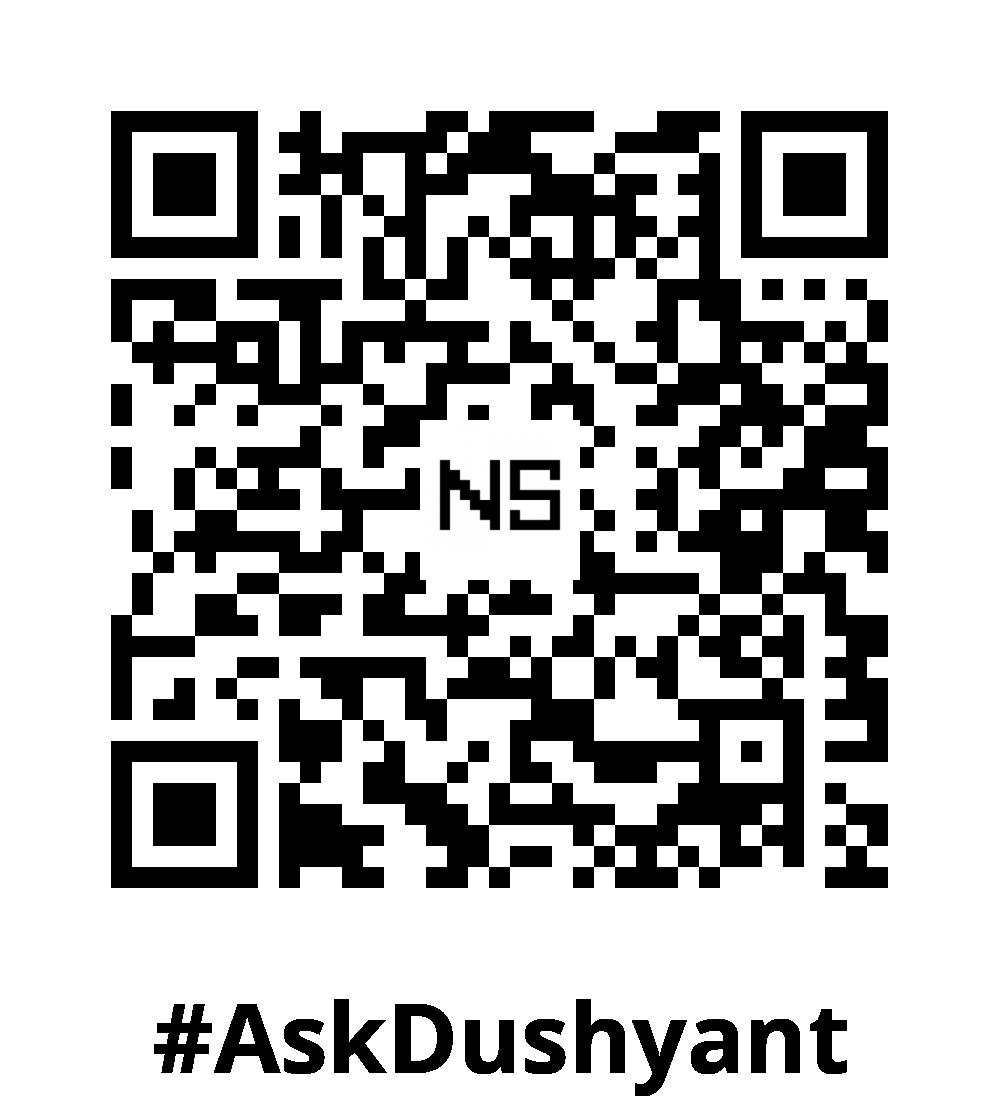Extracting information from a webpage is often essential, particularly when working with dynamic content like YouTube. This process, called web scraping, is something I’ve mastered over 18+ years, building robust tools to streamline data retrieval, accelerating development and enabling rapid data creation at different development stage. Web scraping allows you to extract valuable data from websites and use it for various purposes. In this tech concept, we will walk through how to scrape YouTube video information such as titles, views, upload dates, descriptions, and more using Python.
Tools You’ll Need
We will use the following Python libraries:
- requests: To make HTTP requests and get HTML content from YouTube pages.
- BeautifulSoup: To parse and extract specific data from the HTML.
- pytube: A powerful library that allows you to retrieve key YouTube video information like views, titles, and captions without parsing HTML manually.
Let’s get started by installing these libraries:
pip install beautifulsoup4 requests pytubeStep-by-Step Guide to Scrape YouTube Video Information
Step 1: Fetch YouTube Page HTML
You can extract static YouTube elements like video titles, descriptions, and upload dates directly from the HTML using the requests library and BeautifulSoup. YouTube often stores this information inside meta tags, which are easy to locate.
Here’s how you can retrieve the video title, description, upload date, and thumbnail URL from a YouTube page:
import requests
from bs4 import BeautifulSoup
# Replace with your target video URL
url = "https://www.youtube.com/watch?v=example_id"
response = requests.get(url)
soup = BeautifulSoup(response.content, 'html.parser')
# Extract video information from meta tags
title = soup.find("meta", itemprop="name")['content']
description = soup.find("meta", itemprop="description")['content']
upload_date = soup.find("meta", itemprop="uploadDate")['content']
thumbnail_url = soup.find("meta", property="og:image")['content']
print(f"Title: {title}")
print(f"Description: {description}")
print(f"Upload Date: {upload_date}")
print(f"Thumbnail URL: {thumbnail_url}")In the code above, the requests library retrieves the HTML of the YouTube page, while BeautifulSoup parses it and extracts the relevant metadata for the video.
Step 2: Use pytube to Fetch Video Details
For dynamic data like views and captions, which are often rendered by JavaScript, scraping can be tricky. Instead of parsing HTML manually, the pytube library offers a simple and efficient way to fetch such details.
Here’s how you can use pytube to extract video details:
from pytube import YouTube
# Replace with your target video URL
url = "https://www.youtube.com/watch?v=example_id"
yt = YouTube(url)
# Fetching video details
title = yt.title
views = yt.views
upload_date = yt.publish_date
description = yt.description
thumbnail_url = yt.thumbnail_url
print(f"Title: {title}")
print(f"Views: {views}")
print(f"Upload Date: {upload_date}")
print(f"Description: {description}")
print(f"Thumbnail URL: {thumbnail_url}")In just a few lines, pytube allows you to extract video information such as views, the upload date, and the description without needing to manually scrape these from the HTML. This makes the process much more efficient and reliable.
Step 3: Fetch Captions (Optional)
YouTube videos often come with captions (subtitles), which can be useful for accessibility or data analysis purposes. pytube also allows you to fetch these captions easily.
Here’s how you can extract captions from a YouTube video:
from pytube import YouTube
# Replace with your target video URL
url = "https://www.youtube.com/watch?v=example_id"
yt = YouTube(url)
# Check if captions are available and extract them
if yt.captions:
captions = yt.captions.get_by_language_code('en')
caption_text = captions.generate_srt_captions()
print(caption_text)
else:
print("No captions available")The code above will print the captions for the video in .srt format, making them easy to store or process further.
Step 4: Scrape Playlist Information (Optional)
Sometimes, you might want to scrape not just a single video but an entire YouTube playlist. pytube provides functionality to scrape playlist data like video titles and URLs efficiently.
Here’s how you can extract information from a playlist:
from pytube import Playlist
# Replace with your target playlist URL
playlist_url = "https://www.youtube.com/playlist?list=PLexample"
playlist = Playlist(playlist_url)
print(f"Playlist Title: {playlist.title}")
print(f"Number of Videos: {len(playlist.video_urls)}")
# Loop through and print each video URL in the playlist
for video_url in playlist.video_urls:
print(video_url)This code will list all the video URLs in a given YouTube playlist, making it easy for you to iterate through and scrape further information if needed.
My Tech Advice: Scraping YouTube video information had many use case that help you to retrieve various valuable information. Using Python scraping YouTube video can be done efficiently by leveraging the
#AskDushyantrequestsandBeautifulSouplibraries for static data andpytubefor dynamic video details like views, captions, and playlists. By following this guide, you now have a solid foundation to build your own YouTube scraper for extracting valuable information about videos or entire playlists. Happy coding!
#TechConcept #Coding #CodingSnippet #YouTube
Note: This example pseudo code is for illustration only. You must modify and experiment with the concept to meet your specific needs.


Leave a Reply